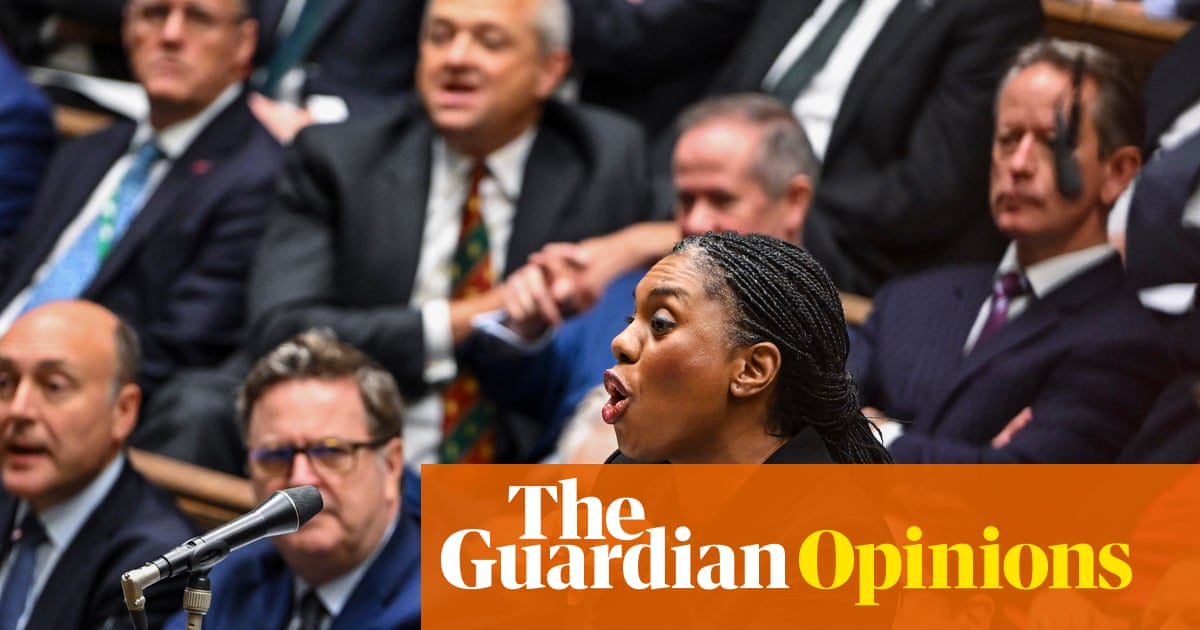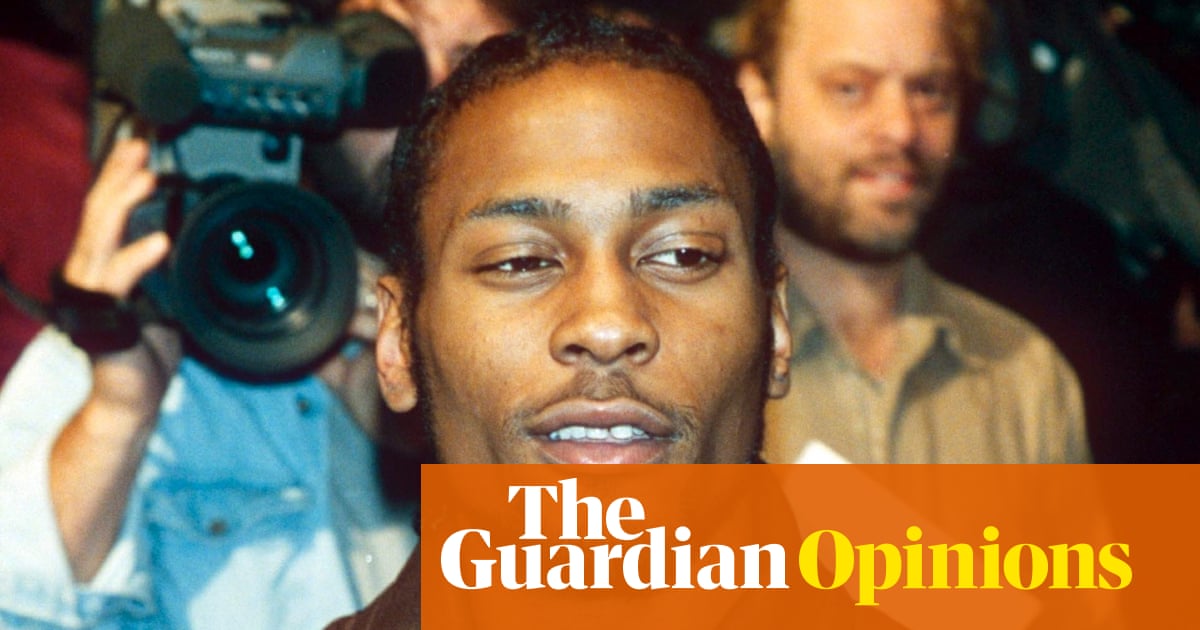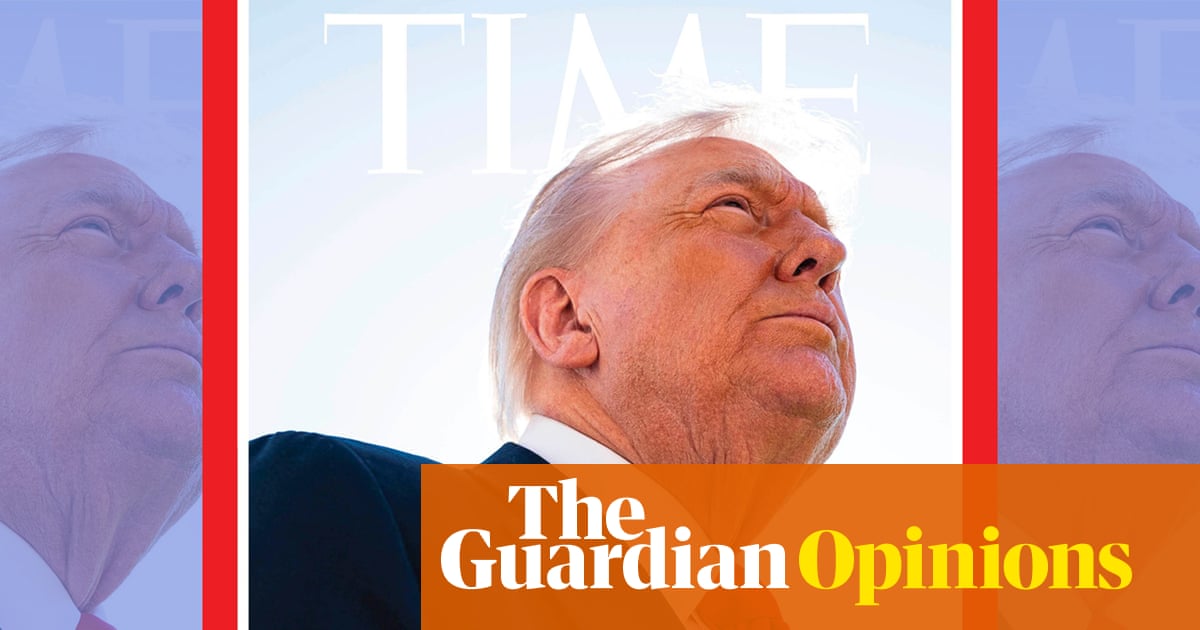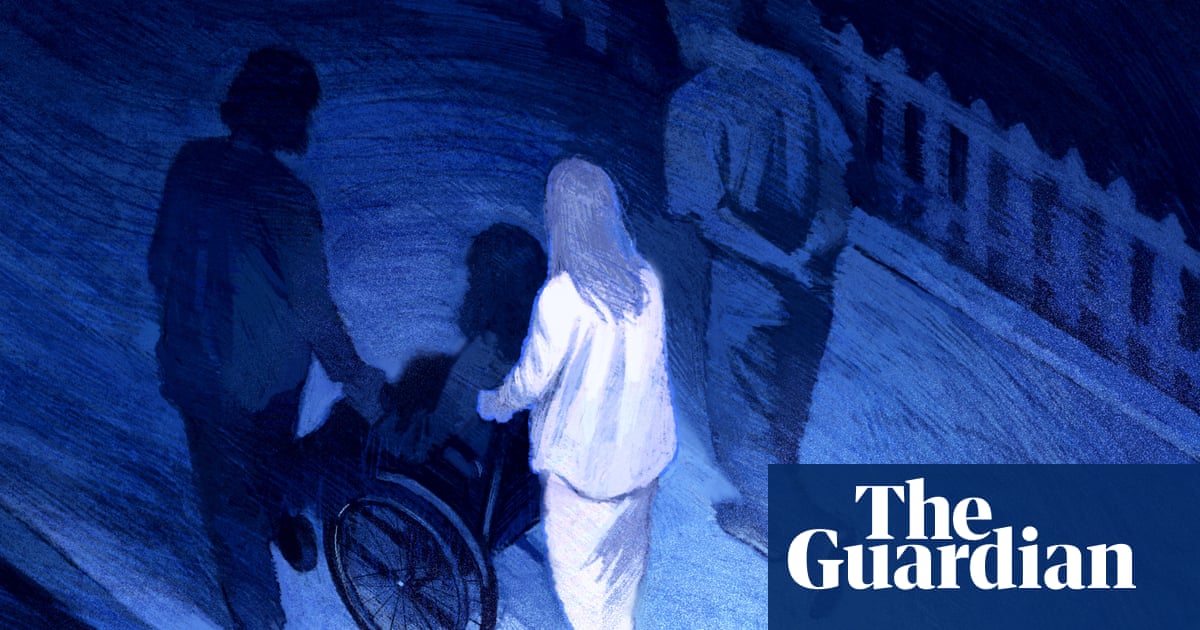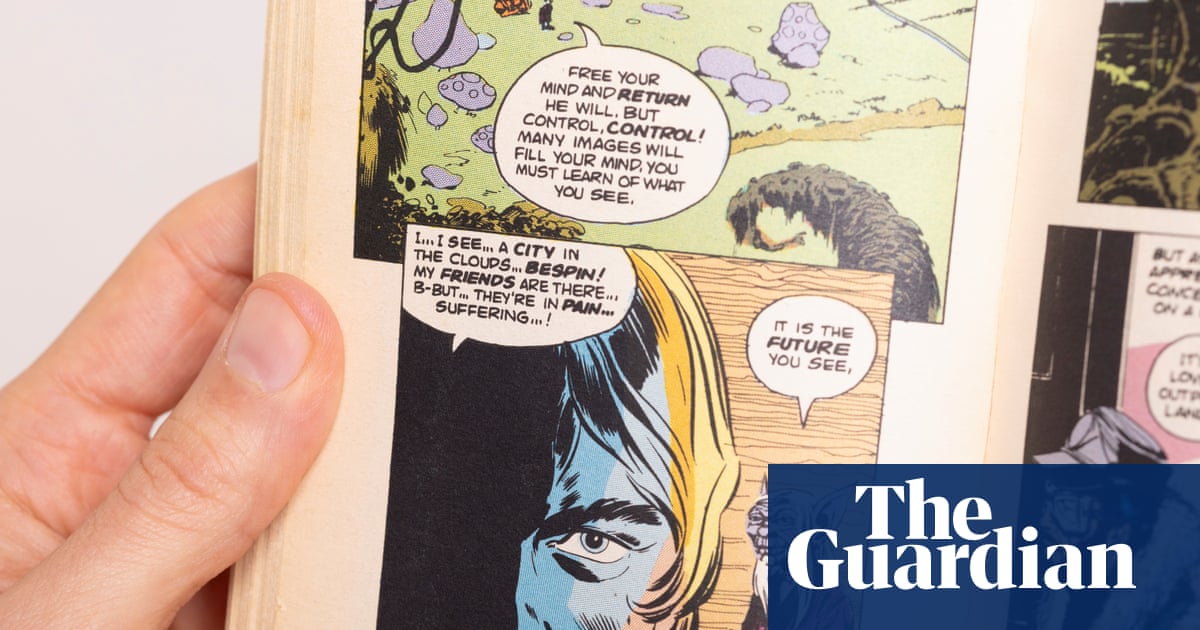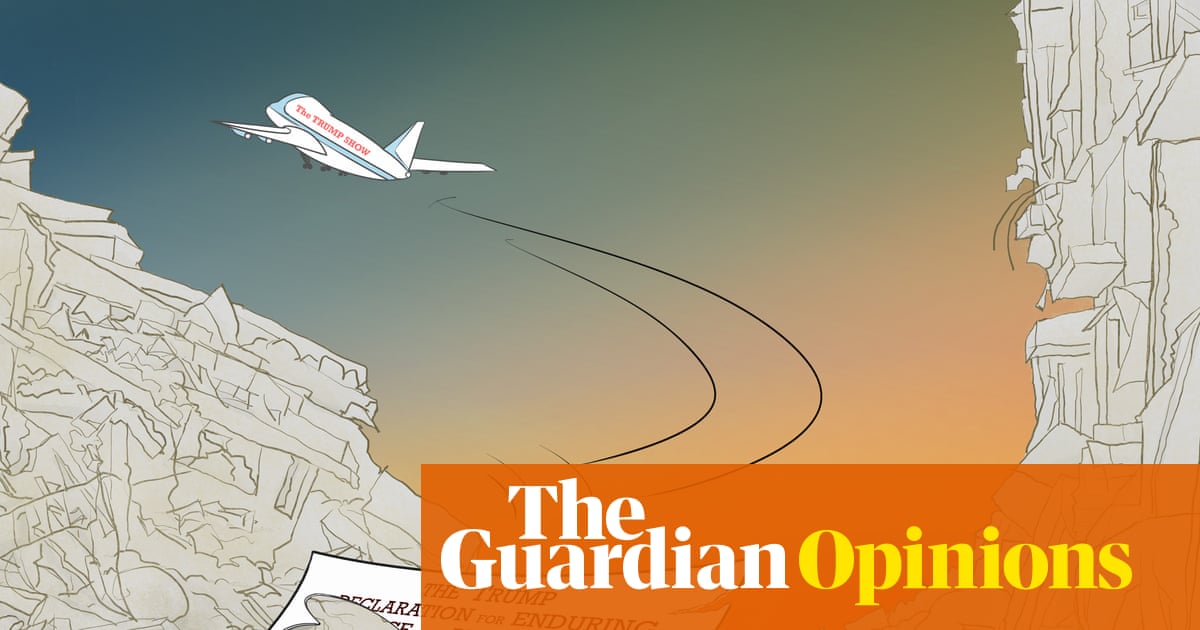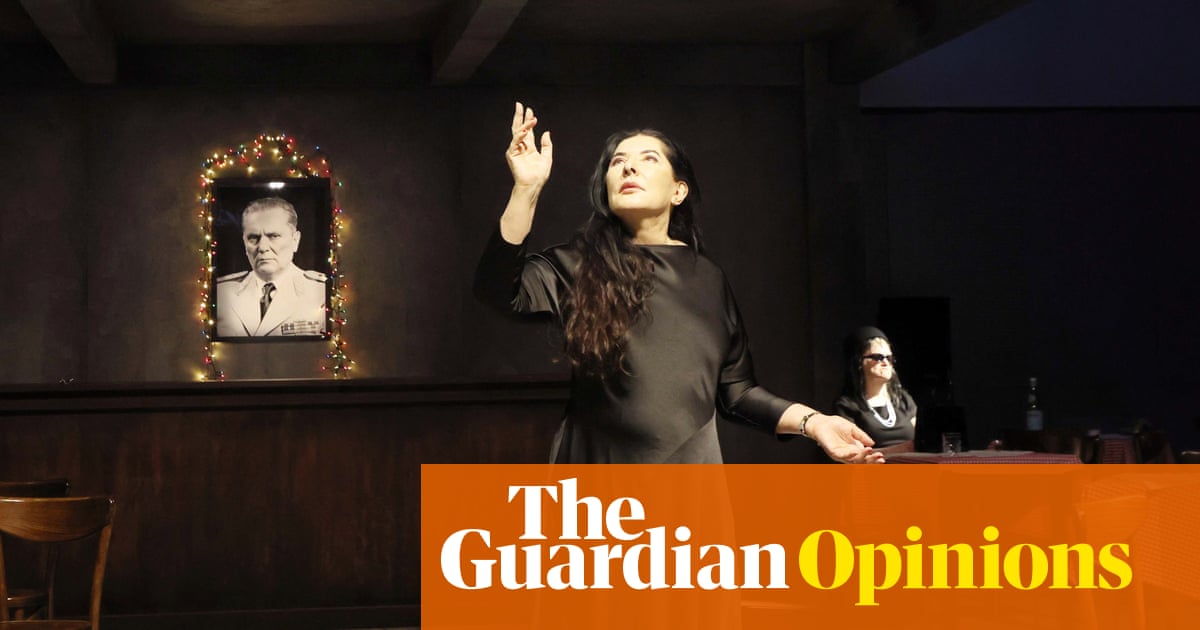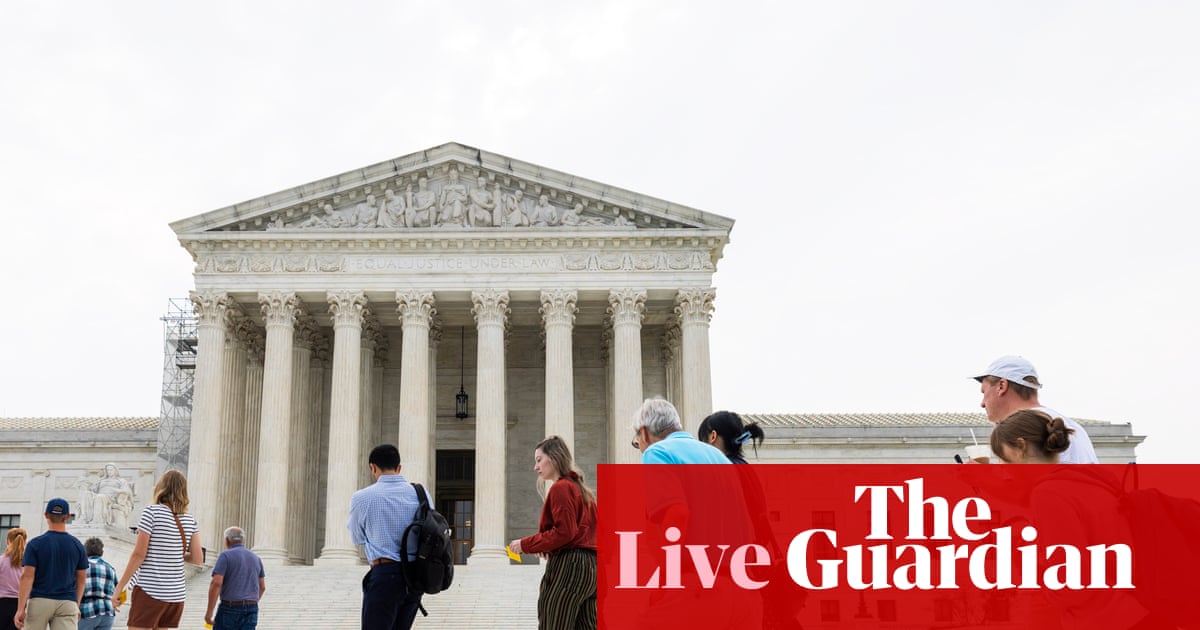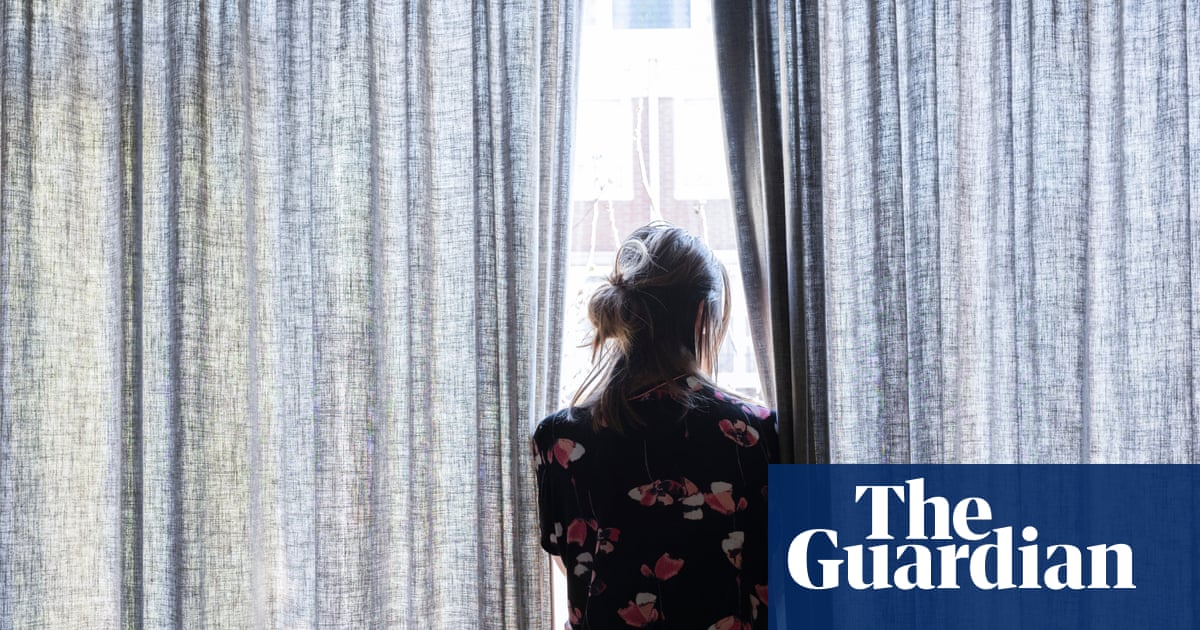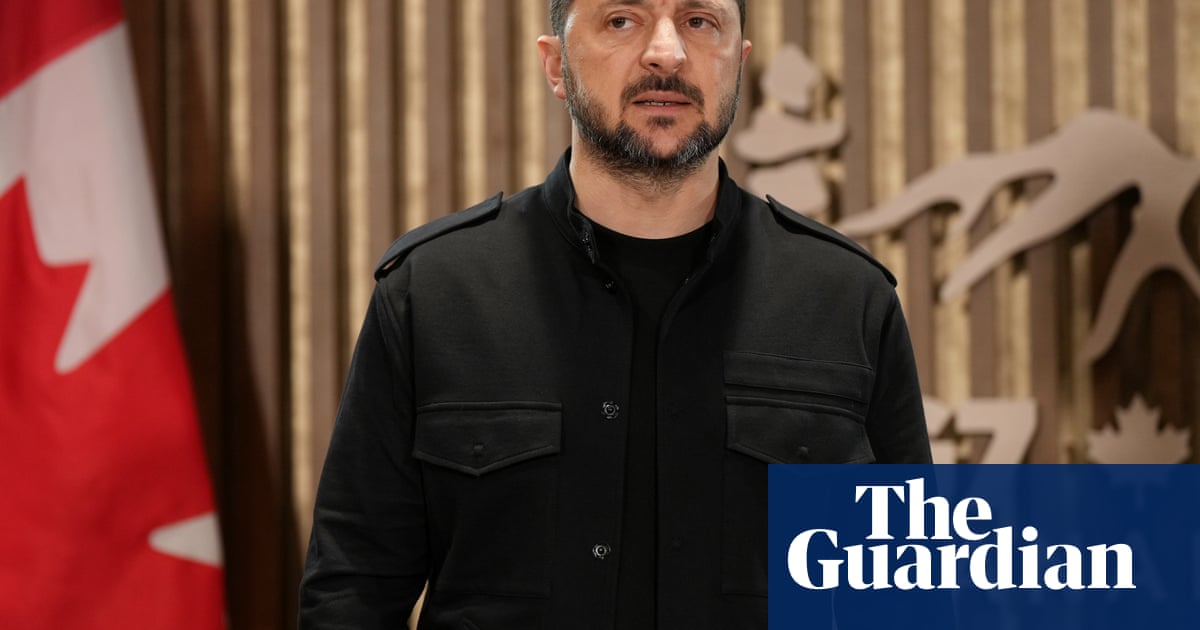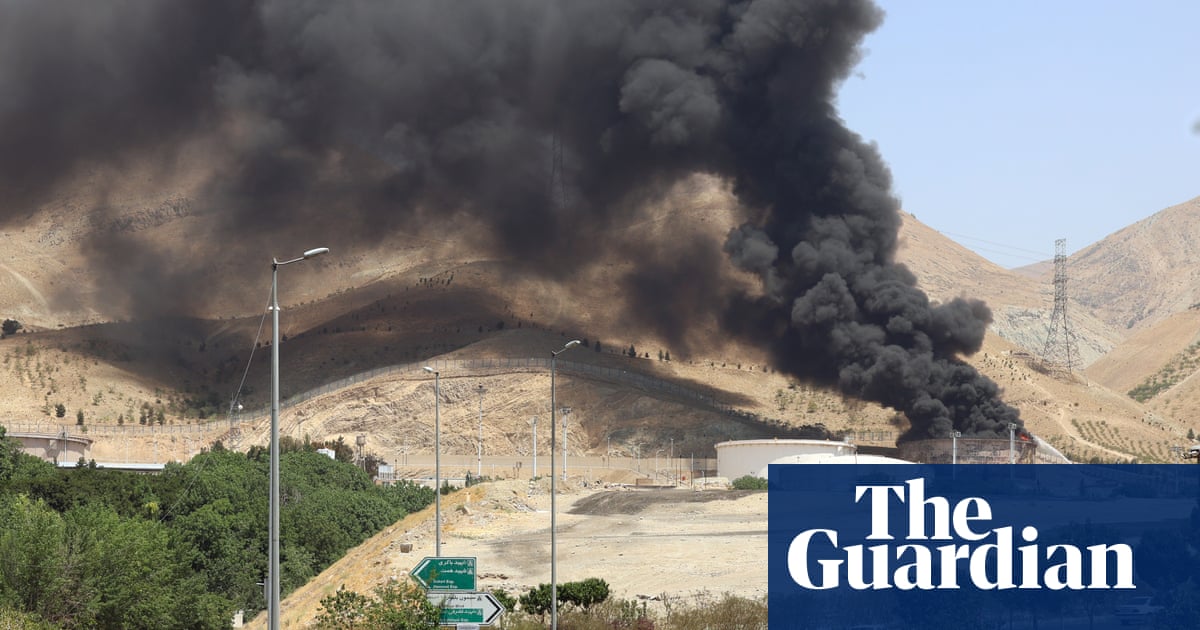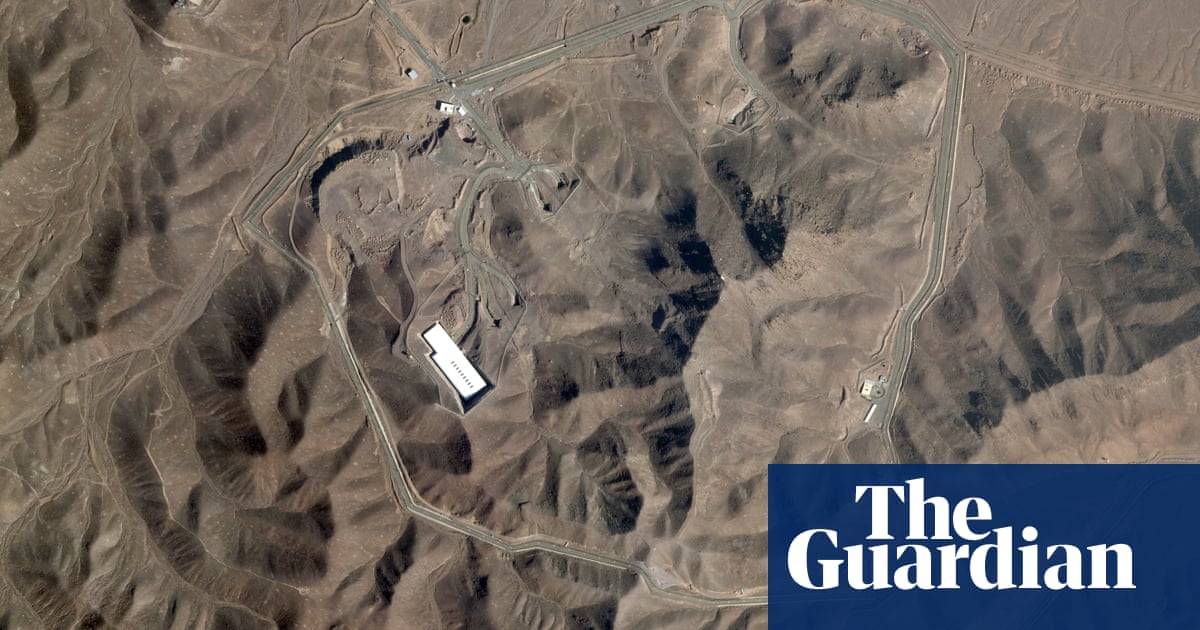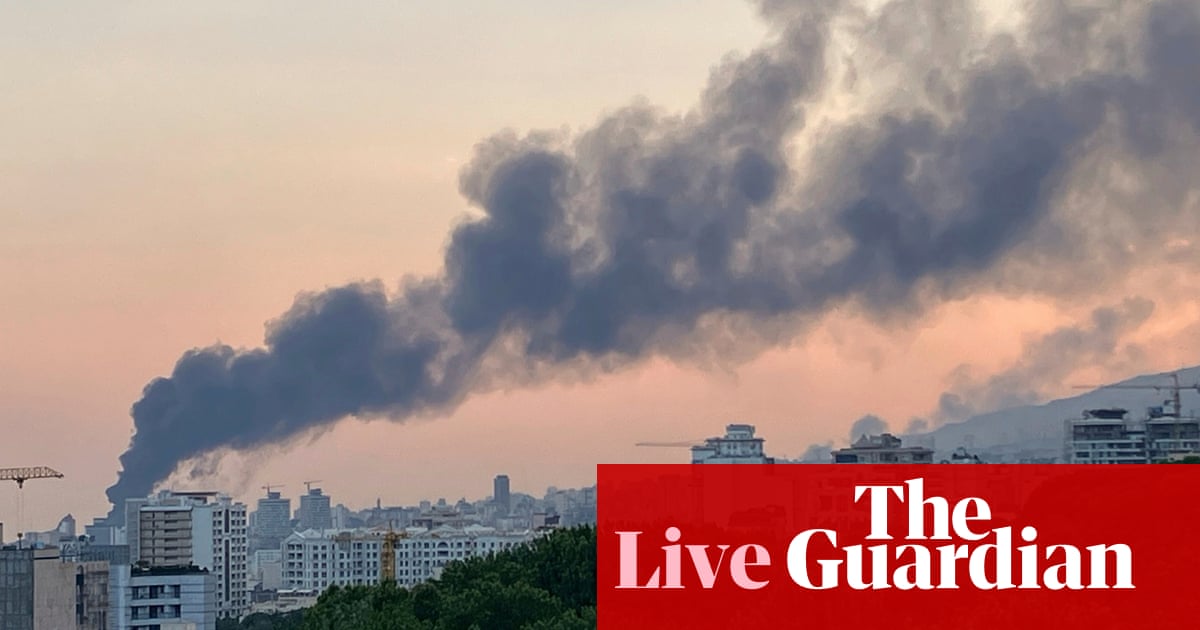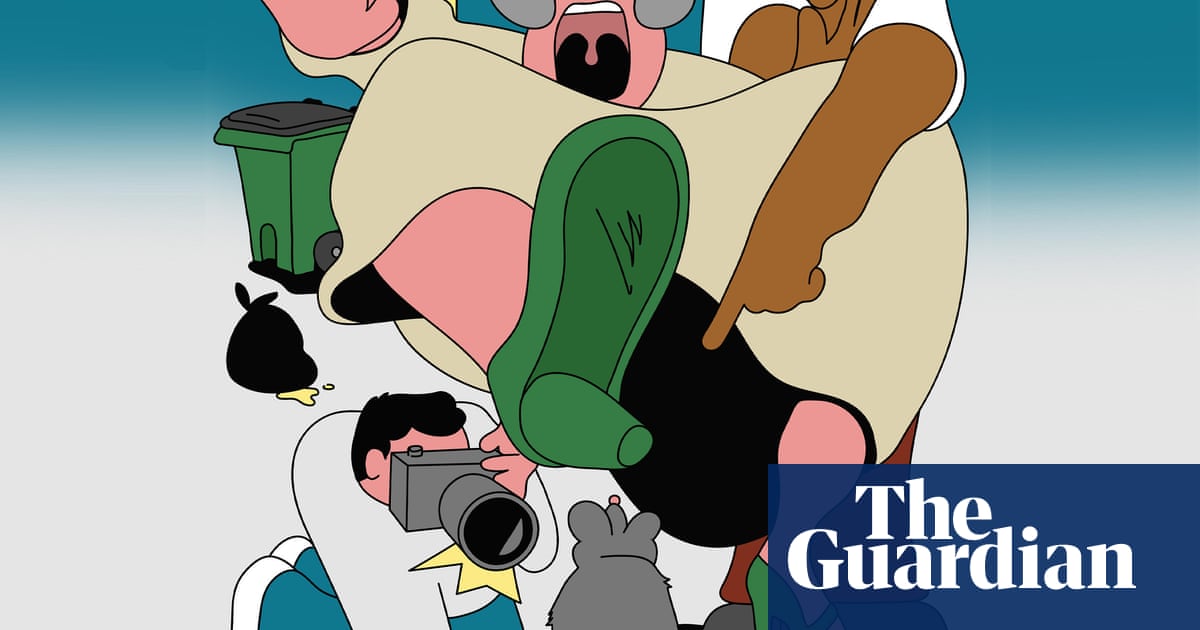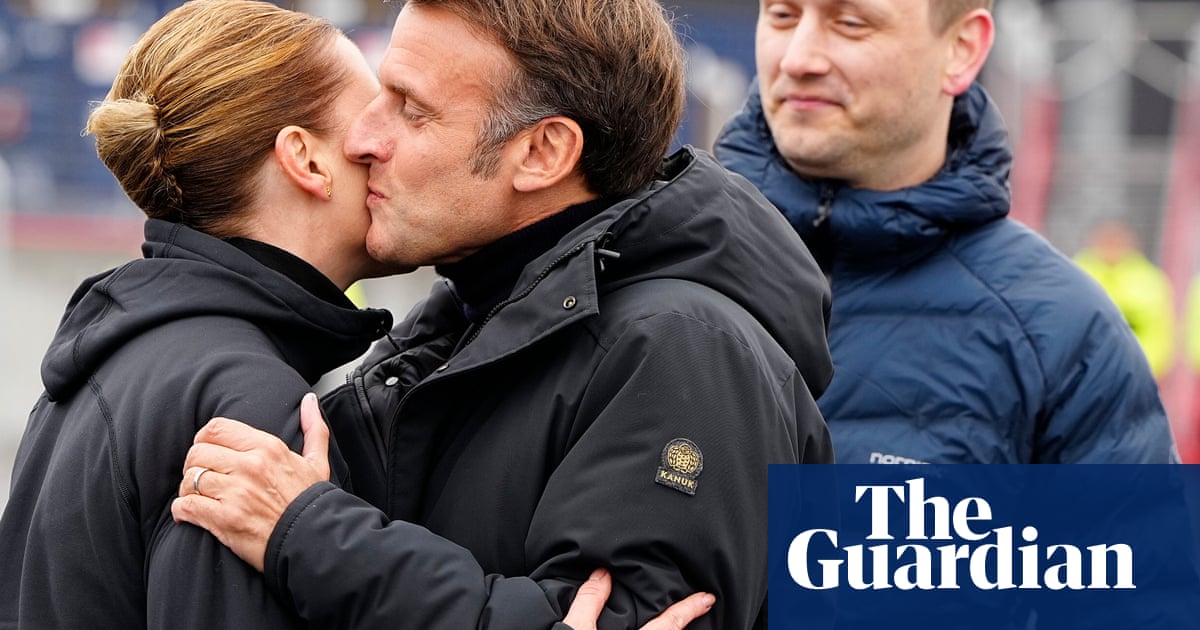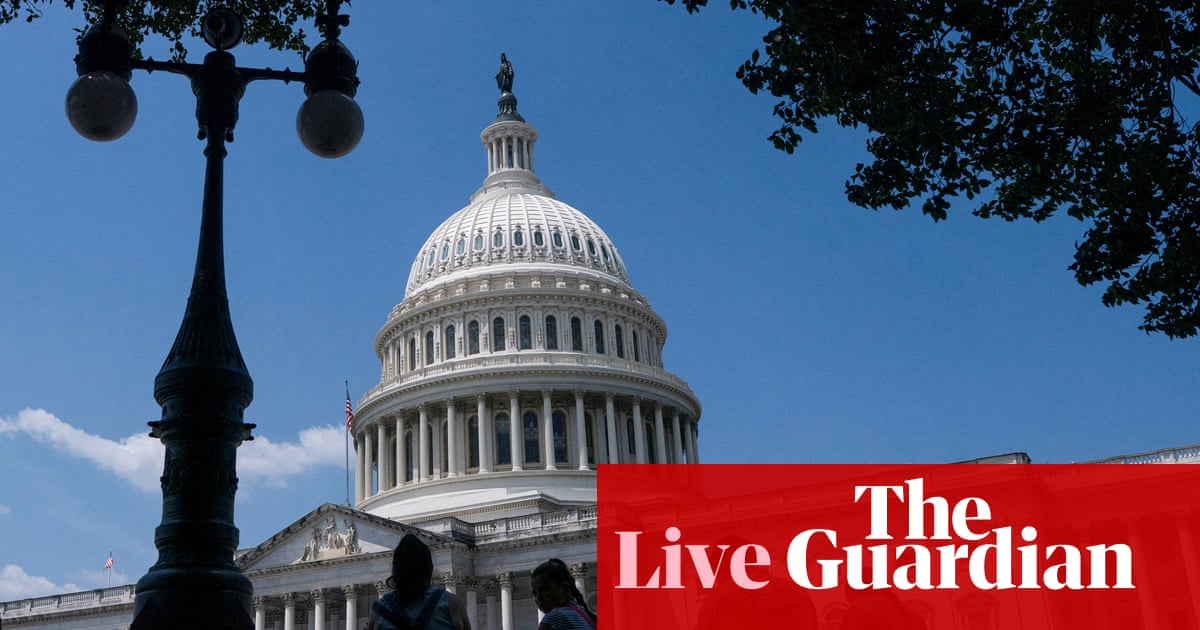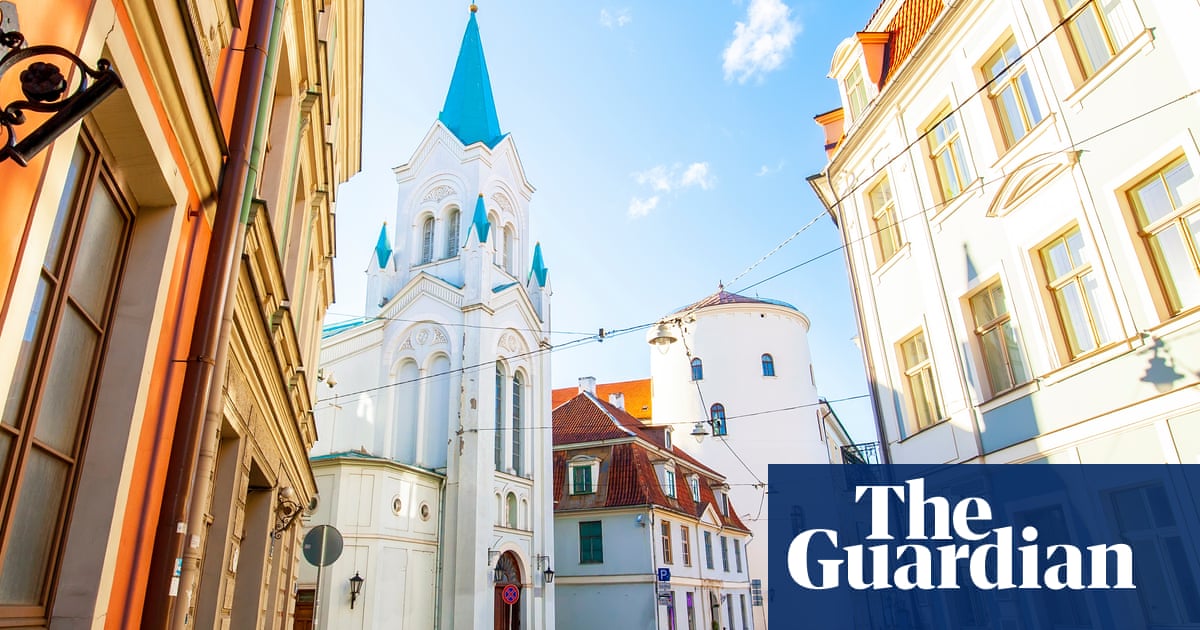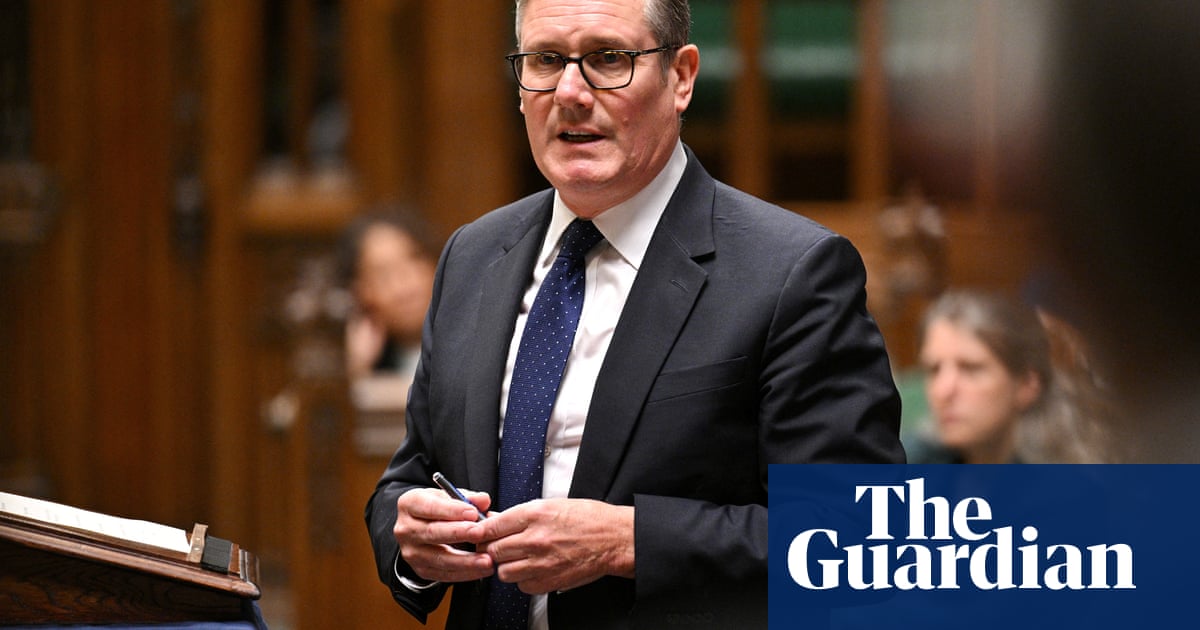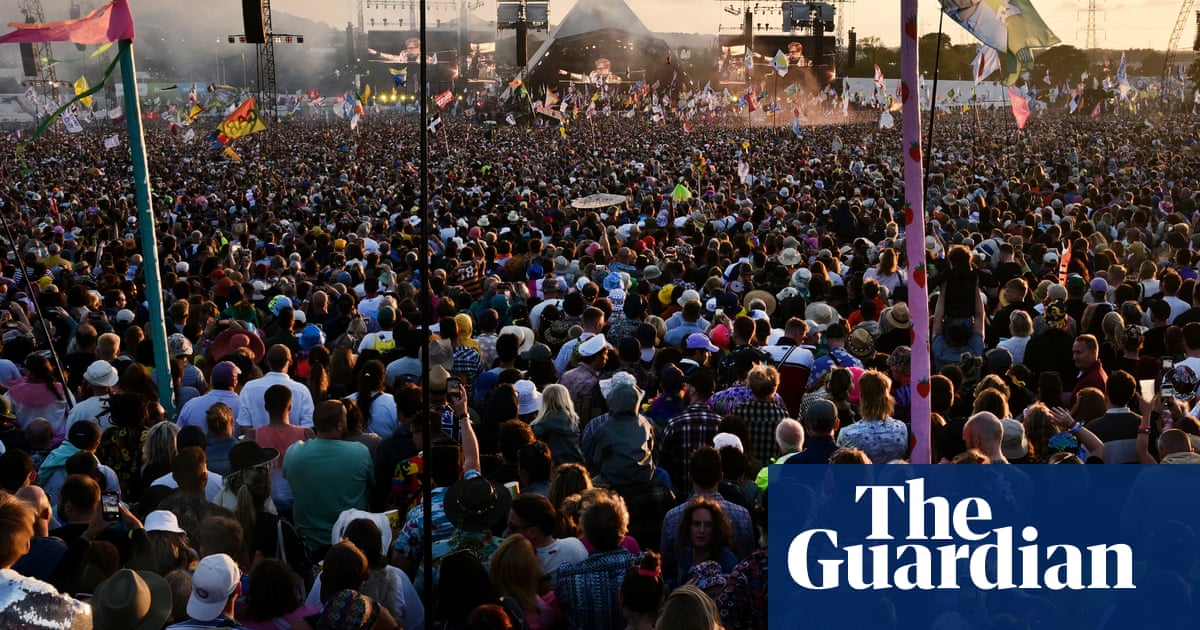So, which year are we in? A US president, after months of tacit encouragement, has finally intervened to end an Israeli military offensive that has reduced swaths of a Middle Eastern city to rubble, leaving thousands dead and prompting global outrage. For months, the UN has looked on, impotent, as Israeli air raids and artillery shelling has pummelled apartment blocks and refugee camps beside the Mediterranean. The Israeli offensive’s target, according to its architect, is a “kingdom of terror”.
The offensive has come after a series of attacks on Israel. Now, under pressure from the White House, the Israeli prime minister, a rightwinger with a gift for populist rhetoric and an intense sense of historic Zionist mission, has agreed to a ceasefire. So too have the Palestinian armed factions, which have faced the massive firepower of the Israeli military. These will now be forced to disarm and many will go into exile. A peacekeeping force is being organised by the US to stabilise the situation.
The year is not 2025, but 1982. The city is not Gaza City, but Beirut. The president is Ronald Reagan, not Donald Trump. The Israeli prime minister is Menachem Begin, not Benjamin Netanyahu, and the target of the Israeli offensive is Yasser Arafat and his Palestine Liberation Organization (PLO), not Hamas.
There are many differences between what happened in Lebanon more than four decades ago and what has happened in Gaza in the past two years. The Hamas raid of October 2023, which killed 1,200 and saw 250 taken hostage, bears little comparison with the relatively paltry efforts of the PLO in the year or so preceding Israel’s invasion of Lebanon. Estimates vary but about 20,000 died in the earlier war, less than a third of the toll in Gaza. But there are many striking parallels too.
Some are uncanny. Reagan finally picked up the phone to Begin, telling the Israeli that what was happening in Beirut was “a holocaust” and saying the relations between their countries could be gravely damaged if the violence continued, after watching images of badly injured children on evening TV news. According to the Atlantic, Trump’s sudden decision to pressure Netanyahu to agree the 20-point plan that has, for the moment, ended the carnage in Gaza was “moved especially by images of starving children and saw their airing on major international networks as a public-relations disaster for Israel”.
In 1982, much as today, the conflict played out in real time on millions of screens. Hundreds of journalists flew into Beirut to cover for the first time an Arab–Israeli war without censorship by either side, and new satellite technology meant major television networks could broadcast scenes filmed just hours earlier to huge audiences. International reporters were banned from Gaza by Israel, but the combination of smartphones and social media has had just as visceral an impact.
In 1982, Israeli officials cast doubt on casualty figures considered reliable by many others, claimed that the dead were mostly combatants, and accused the PLO of using Beirut’s population as a human shield. Israel’s supporters, then as now, pointed out that Arafat often worked from bunkers underneath civilian buildings, including apartment blocks, and so was responsible for the consequences.
What happened after the call from Reagan and the ceasefire in Beirut is instructive. The PLO, its factions and officials were scattered across thousands of miles and a dozen countries. Washington then withdrew US-led peacekeepers – a breach of the agreement with Arafat. Bashir Gemayel, Lebanon’s newly elected president and Israel’s preferred proxy, was assassinated by Syrian security services, prompting Christian Maronite death squads to kill thousands of Palestinians in two poor southern neighbourhoods of Beirut with the negligent complicity of Israeli commanders.
The US then sent the marines back in, along with French and Italian troops. The Israelis were soon being targeted by vehicles packed with explosives, driven by young men who made no attempt to escape death. These were the work of extremist Lebanese Islamists inspired by the 1979 Iranian revolution. Soon it was the turn of the US to be targeted. Attacks on its embassy in Beirut and the marines’ barracks killed more than 300. Within a year, Reagan ended the US intervention in Lebanon. The Islamist networks coalesced into Hezbollah, which would threaten Israel intermittently for the next four decades and more.
In The Revolutionists, a book I spent 10 years researching that is published this month, I explore the stories of those involved in the political violence of the 1970s. One key question I sought to answer is how the decade could begin with spectacular terrorist attacks in the Middle East that rarely caused significant casualties and were organised by largely nationalist, broadly secular left-leaning groups but ended with something so very different: mass casualty suicide attacks executed by religious militants.
What happened in Lebanon provided a partial answer. One reason that Hezbollah could emerge was that the years of civil war and the Israeli invasion had crippled so many other groups, factions and political parties, including those many committed to programmes of radical change that did not involve faith. Many more moderate individuals and groups had been wiped out.
The same was true across the rest of the region. By the end of the 1970s, the more secular and progressive ideas and methods that had seemed to offer the promise of a new future in the Arab and Islamic worlds a decade or so earlier were discredited and their main advocates and activists dead, exiled or otherwise silenced. This left space for others who offered a different vision of how to overthrow the existing order and usher in a new era.
after newsletter promotion
The results of this became very clear, very quickly: the Iranian revolution, the seizure by messianic Muslim radicals of the Grand Mosque in Mecca, a bloodily repressed uprising in Syria and the assassination of Anwar Sadat in Cairo by Islamic militants in 1981 all followed in quick succession. Across the region, Israel and the US now faced enemies who were considerably more intractable, lethal and effective than the leftists and nationalists of earlier years. The men (and sometimes women) of the PLO had held press conferences and handed out leaflets after attacks. After the bombings in Beirut in 1982, a brief claim of responsibility was issued in the name of Islamic Jihad and that was all.
In the west, the consequences of this were perverse. Through the 1970s, western analysts and officials had sought to understand what caused violent extremism. Intelligence services produced innumerable reports explaining the factors behind the violence of individuals or groups. Scholars received funding for huge studies into what would later be called “radicalisation”.
Then, in the early 1980s, this stopped. Political leaders in the US, the UK and elsewhere were no longer interested in “root causes” of violence. Instead, the dominant view was that “terrorists” were merely mad, bad, misled or manipulated – usually by Moscow. Local circumstances were no longer of interest, nor the complex motivations of those using violence as a means to bring about change.
Last week, Trump reportedly told Netanyahu that Israel could not fight all the world and acknowledged in his 20-point plan Palestinian aspirations for a state – though the word “legitimate” was reportedly removed after Israeli objections. This too was an echo of 1982.
In the aftermath of the Israeli invasion of Lebanon, Reagan told Israel that the strength of its armed forces alone could not “bring just and lasting peace” and acknowledged “legitimate rights of the Palestinian people”. But a US-led regional peace plan supposed to answer those complaints went nowhere. From Tunis, Arafat looked on impotently. Reagan’s interest in the Middle East waned. Israel resisted any concessions. In 1987, there was the first intifada, and the founding of Hamas.
-
Jason Burke is the international security correspondent of the Guardian and author of The Revolutionists

.png) 7 hours ago
4
7 hours ago
4

